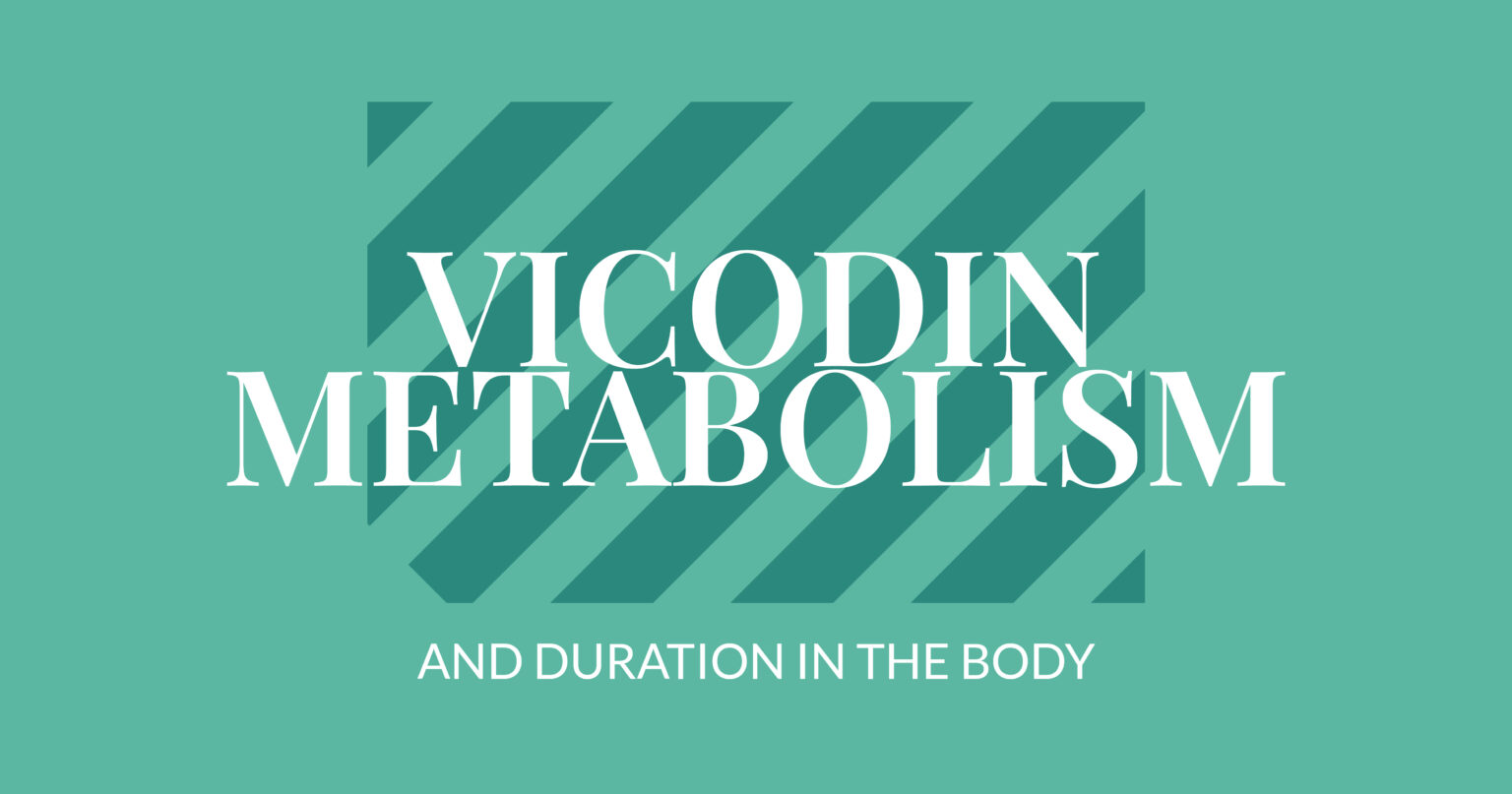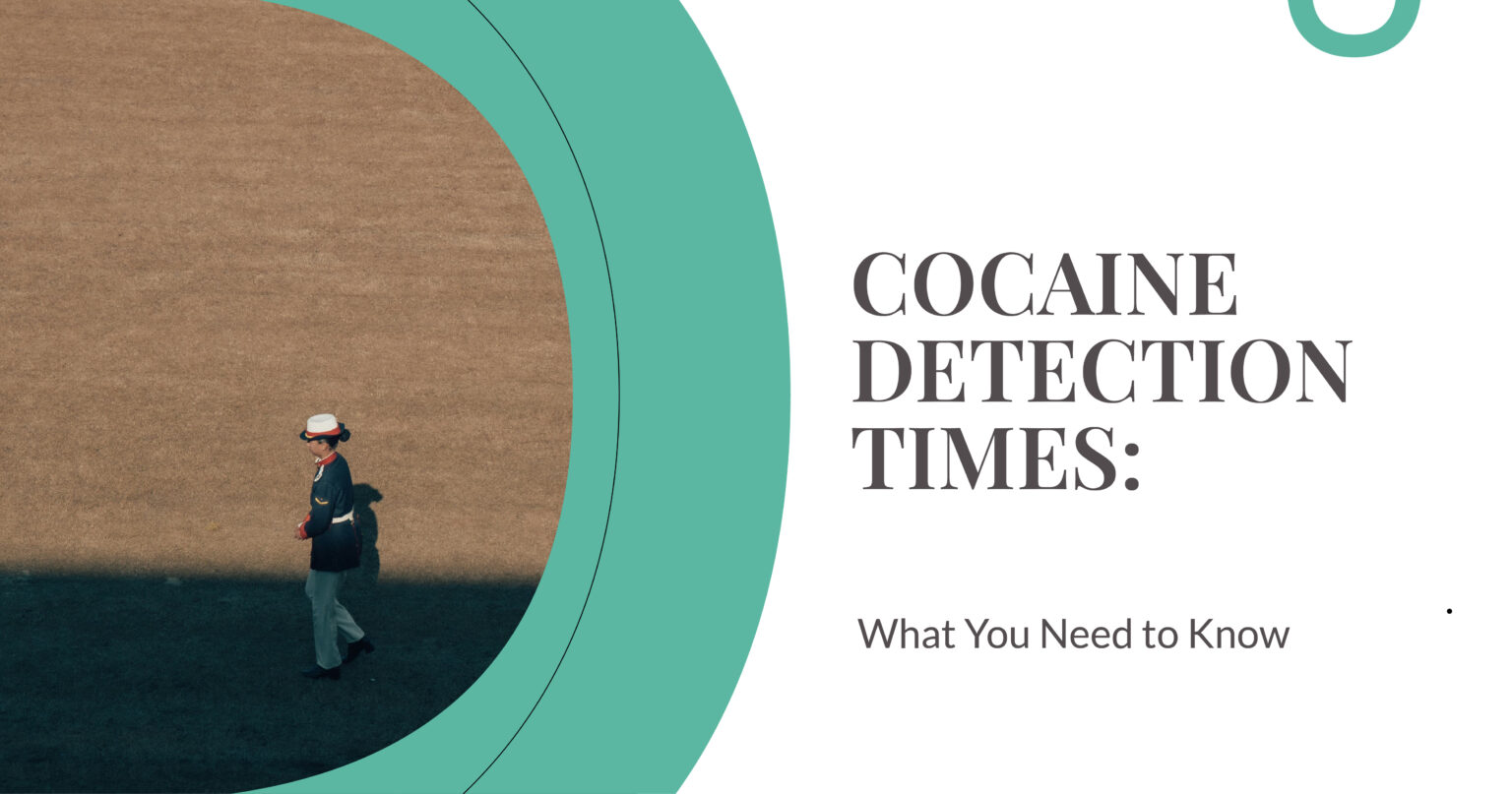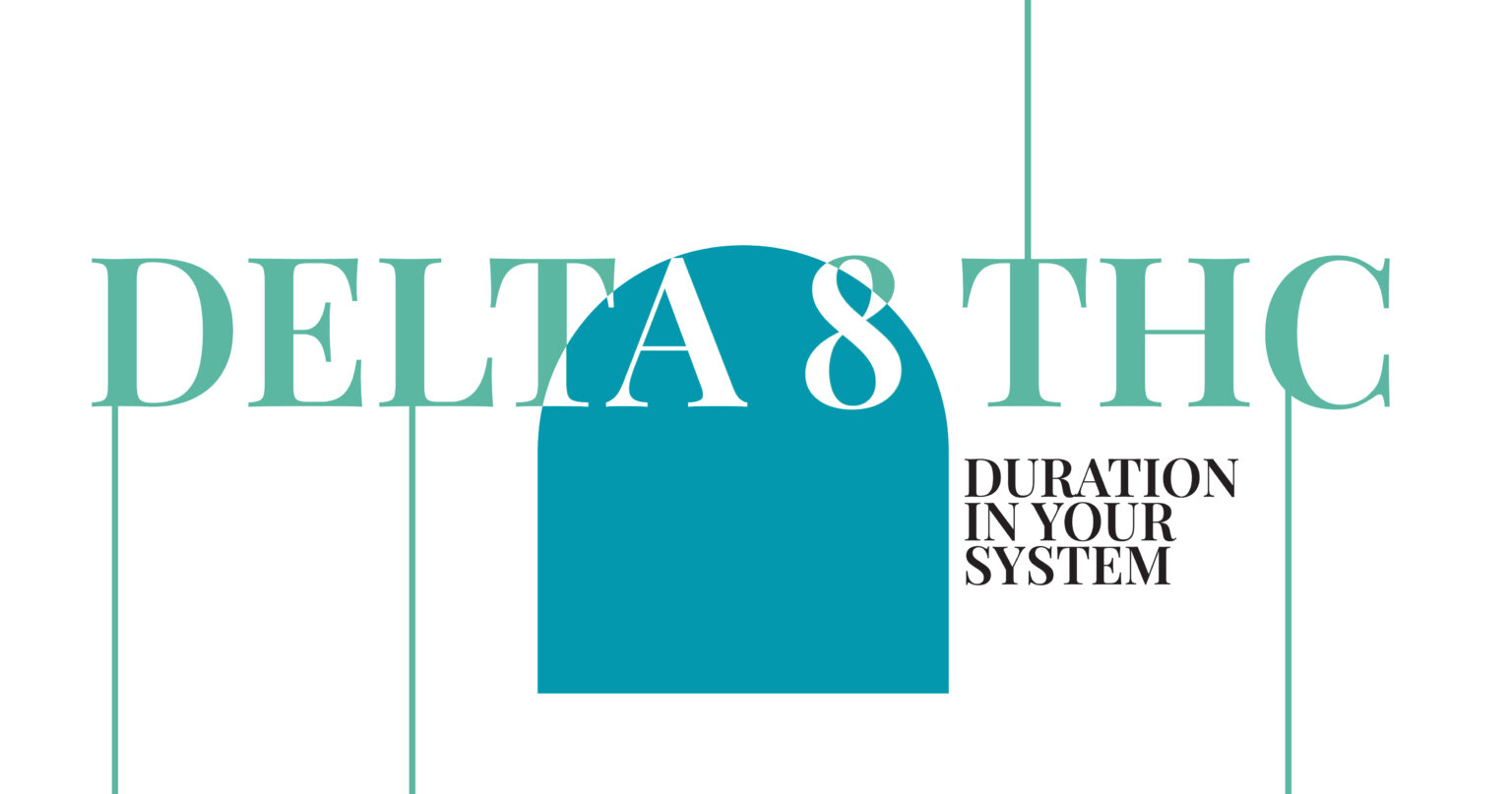Understanding which substances are the most addictive is a critical step in preventing substance abuse and offering effective support to those battling addiction. The question, what is the most addictive drug, is complex—different drugs impact individuals in diverse ways, and their addictiveness can depend on several scientific and social factors. In this in-depth blog post, we’ll explore the science behind drug addictiveness, examine expert opinions, and provide actionable advice for prevention and recovery. Our aim is to deliver a comprehensive, SEO-optimized resource for anyone seeking to understand the dangers of addictive drugs and the pathways to recovery.
How Is Drug Addictiveness Measured?
To answer the question, “what is the most addictive drug?”, it’s essential to grasp the science of addictiveness. Researchers and medical professionals use a range of criteria to determine how addictive a substance is. Here’s a breakdown of the main factors:
Dopamine Release and Brain Chemistry
Most addictive drugs trigger a surge in dopamine, a neurotransmitter responsible for feelings of pleasure and reward. Substances that dramatically increase dopamine levels can quickly hijack the brain’s reward system, making users crave the drug repeatedly. This artificial manipulation of brain chemistry is a major factor in addiction development, as discussed by the National Institute on Drug Abuse.
Pleasurable Effects
Drugs that produce intense euphoria or pleasure are more likely to be abused. The initial high can be so powerful that individuals seek to repeat the experience, which quickly leads to repeated use and dependency. The pursuit of pleasure is a fundamental reason why people fall into addiction cycles.
Tolerance
With continued use, the body adapts to the presence of a drug, requiring higher doses to achieve the same effects. This phenomenon, known as tolerance, can rapidly escalate drug consumption and increase the risk of overdose and severe health complications.
Withdrawal Symptoms
When someone stops taking an addictive drug, they often experience a range of withdrawal symptoms. These can be physical (nausea, headaches, muscle pain) or psychological (anxiety, depression, irritability). The severity and duration of withdrawal are key indicators of how addictive a drug is. For example, quitting heroin can lead to extreme discomfort, whereas stopping caffeine typically causes only mild headaches or fatigue.
Dependency and Relapse Rates
Drug dependency occurs when a person feels unable to function normally without the substance. This can be physical, psychological, or both. High relapse rates are common with the most addictive drugs, emphasizing the difficulty of overcoming these dependencies. According to studies, relapse rates for substance use disorders range between 40-60% (source), highlighting the chronic nature of addiction.
Withdrawal Symptoms of Common Drugs
To further illustrate how addictiveness varies by substance, here’s a comparative chart of withdrawal symptoms for the most common drugs:
| Drug | Headache | Anxiety | Nausea | Insomnia | Irritability | Depression | Muscle Pain | High Blood Pressure |
|---|---|---|---|---|---|---|---|---|
| Alcohol | ✓ | ✓ | ✓ | ✓ | ✓ | ✓ | ✓ | ✓ |
| Nicotine | ✓ | ✓ | ✓ | ✓ | ✓ | |||
| Cannabis | ✓ | ✓ | ✓ | ✓ | ✓ | ✓ | ||
| Cocaine | ✓ | ✓ | ✓ | ✓ | ||||
| Heroin | ✓ | ✓ | ✓ | ✓ | ✓ | ✓ | ✓ | ✓ |
This table highlights how heroin withdrawal can be especially severe, making it one of the hardest drugs to quit without professional support.
The Most Addictive Drugs: A Closer Look
Based on extensive research and expert rankings, several substances are consistently identified as the most addictive. Below, we examine the characteristics and dangers of each:
Heroin
Heroin, an illegal opioid derived from morphine, is widely regarded as the most addictive drug. It can be injected, smoked, or snorted, and users often experience an intense “rush” of euphoria. Heroin’s ability to rapidly boost dopamine levels creates a strong physical and psychological dependence. The risks are severe: overdose can result in respiratory failure and death, and withdrawal is notoriously painful, with symptoms such as muscle pain, insomnia, vomiting, and agitation. For more information on opioid addiction, visit the Centers for Disease Control and Prevention (CDC).
Cocaine
Cocaine is a powerful stimulant made from the leaves of the coca plant. It delivers a rapid, intense high but is also associated with a swift comedown, prompting repeated use and addiction. Cocaine blocks dopamine reuptake, intensifying the pleasure experienced but also increasing the risk of paranoia, anxiety, and depression over time. Chronic use can lead to heart attacks, strokes, and serious mental health issues.
Nicotine
Nicotine, found in tobacco products, is one of the most widely used and addictive substances globally. Its rapid effect on the brain’s reward system encourages repeated use, and withdrawal symptoms such as irritability, anxiety, and headaches can make quitting difficult. Although nicotine is legal, its long-term use is linked to a host of health problems, including cancer, heart disease, and lung disease.
Alcohol
Alcohol is legal and socially accepted in many cultures, but it’s also highly addictive. It affects neurotransmitter activity in the brain, leading to feelings of relaxation and sociability. However, alcohol addiction can result in severe health consequences, including liver disease, brain damage, and an increased risk of accidents and injuries. Withdrawal can range from mild headaches to life-threatening seizures.
Caffeine
Caffeine is the world’s most widely consumed psychoactive substance. While its withdrawal symptoms—like headaches, fatigue, and irritability—are typically mild, it can still create dependency. Caffeine is found in coffee, tea, soft drinks, and energy drinks, making it easily accessible. Though less dangerous than other drugs on this list, excessive caffeine consumption can impact sleep and increase anxiety.
LSD (Lysergic Acid Diethylamide)
LSD is a synthetic hallucinogen that alters perception, mood, and cognitive processes. While it’s not considered physically addictive, users can develop psychological dependence and tolerance, prompting higher doses for the same effect. Hallucinogens like LSD can cause anxiety, paranoia, and even long-lasting mental health issues in vulnerable individuals.
Crystal Meth (Methamphetamine)
Crystal meth is a highly potent stimulant that produces an intense, short-lived high. It dramatically increases dopamine levels in the brain, but chronic use leads to severe dental issues, memory loss, aggression, and even psychosis. Methamphetamine addiction can be devastating and often requires intensive treatment and long-term support.
Factors That Contribute to Drug Addictiveness
The reasons behind drug addiction are multifaceted. Let’s explore some of the primary factors that increase the risk of becoming addicted to a substance:
Genetic Predisposition
Genetics play a significant role in addiction vulnerability. Studies estimate that up to 70% of a person’s risk for addiction can be attributed to inherited factors. If you have a family history of substance abuse, your risk of developing an addiction is significantly higher. Genetic factors can influence how your brain responds to drugs and your ability to process and eliminate substances from your body.
Psychological Factors
Mental health conditions such as depression, anxiety, PTSD, and unresolved trauma can drive individuals to use drugs as a form of self-medication. Unfortunately, this often exacerbates existing mental health problems and leads to a vicious cycle of dependency and deteriorating well-being. Professional counseling and therapy are vital for addressing these underlying issues.
Environmental Influences
A person’s environment—family dynamics, peer groups, exposure to drug use, and socioeconomic status—can heavily influence the likelihood of experimenting with and becoming addicted to drugs. Supportive families and positive role models act as protective factors, while chaotic or abusive environments increase the risk.
Social and Cultural Pressures
Social acceptance of certain substances (like alcohol or marijuana), peer pressure, and cultural norms can all contribute to the initiation and continuation of drug use. The normalization of substance use in media and pop culture can also desensitize individuals to the real risks involved.
The Impact of Addictive Drugs on the Brain
Understanding how addictive drugs affect the brain is essential for appreciating the severity of substance abuse disorders. Here’s how drugs can alter both short-term and long-term brain function:
Short-Term Effects
- Euphoria: Most addictive drugs induce feelings of intense pleasure, which motivates repeated use.
- Impaired Judgment: Drugs can cloud decision-making, leading to risky behaviors such as unsafe sex or reckless driving.
- Physical Effects: Many drugs increase heart rate, elevate blood pressure, and cause symptoms like nausea or lack of coordination.
Long-Term Effects
- Brain Damage: Chronic drug use can permanently alter brain structure and function, leading to memory loss, learning difficulties, and emotional instability.
- Addiction: Over time, the brain becomes reliant on the drug to function, making it increasingly difficult to quit.
- Overdose and Death: High doses or combinations of drugs can result in fatal overdoses, especially with opioids and stimulants.
The Consequences of Drug Addiction
Drug addiction doesn’t just impact health—it can disrupt every aspect of life:
- Health Risks: Chronic diseases, infections, and mental health disorders are common among those with substance use disorders.
- Relationship Strain: Addiction often leads to conflict, mistrust, and isolation from friends and family.
- Academic and Career Decline: Substance abuse impairs cognitive function and motivation, often resulting in job loss or academic failure.
How to Get Help for Drug Addiction
Recovery from drug addiction is possible, but it often requires a multi-faceted approach. Here are essential steps for seeking help:
Recognize the Signs of Addiction
- Secretive or deceptive behavior
- Significant changes in appearance or hygiene
- Mood swings, irritability, or aggression
- Neglect of responsibilities and relationships
Reach Out for Support
If you notice a loved one struggling with addiction, approach them with compassion. Avoid judgment or confrontation; instead, express your concern and willingness to help. Early intervention can make a significant difference.
Seek Professional Treatment
Consulting an addiction counselor or therapist is a crucial step. Professional treatment may include behavioral therapy, medication-assisted treatment, and ongoing counseling. In some cases, inpatient rehabilitation programs provide a structured environment for recovery.
Consider Rehabilitation Centers
For severe addictions, inpatient rehab centers offer intensive support, medical supervision, and therapy to help individuals detox and learn coping strategies. Ongoing aftercare and support groups, such as Narcotics Anonymous or Alcoholics Anonymous, are also invaluable for maintaining sobriety.
Preventing Drug Addiction: Tips and Strategies
Prevention is always better than cure. Here are effective strategies to reduce the risk of substance abuse:
- Educate Yourself and Others: Learn about the dangers of drug use from credible resources such as the World Health Organization. Share this knowledge with your community to foster awareness and resilience.
- Develop Refusal Skills: Practice assertiveness and learn to say no to peer pressure.
- Prioritize Mental Health: Address stress, anxiety, and emotional challenges with healthy coping mechanisms, such as therapy, exercise, or creative outlets.
- Build Supportive Relationships: Surround yourself with positive influences and seek help when needed.
Opus Treatment: Your Partner in Addiction Recovery
If you or someone you love is struggling with addiction, Opus Treatment is here to help. Our dedicated team provides evidence-based therapies, compassionate support, and customized recovery plans tailored to your unique needs. Whether you require inpatient detox, outpatient counseling, or long-term aftercare, we offer a safe, supportive environment to guide you every step of the way. Take the first step toward lasting recovery with Opus Treatment today.
Frequently Asked Questions (FAQs) About the Most Addictive Drugs
What is the most addictive drug according to experts?
Heroin is widely recognized by addiction specialists as the most addictive drug. Its rapid effect on the brain’s reward system, combined with severe withdrawal symptoms and a high risk of overdose, makes heroin especially dangerous and challenging to quit.
How do drugs cause addiction in the brain?
Addictive drugs alter the brain’s chemistry by increasing dopamine levels and changing neural pathways associated with pleasure and reward. Over time, the brain becomes reliant on the substance to feel normal, leading to compulsive use and dependency. You can read more about the neuroscience of addiction at the National Institute on Drug Abuse.
What are common signs that someone is addicted to drugs?
Typical signs of drug addiction include secrecy, neglect of personal hygiene, drastic mood swings, declining performance at work or school, and withdrawing from friends and family. Physical symptoms can vary depending on the drug but may include headaches, weight changes, insomnia, and irritability.
Can drug addiction be prevented?
Yes, drug addiction can often be prevented through education, early intervention, mental health support, and by fostering healthy relationships. Teaching coping skills and resilience, especially in young people, significantly reduces the risk of substance abuse.
What treatment options are available for drug addiction?
Treatment for drug addiction typically involves a combination of behavioral therapy, medical detoxification, counseling, and ongoing support. Inpatient and outpatient programs, peer support groups, and family therapy can all play vital roles in recovery. Professional help is recommended for the best outcomes and to prevent relapse.




